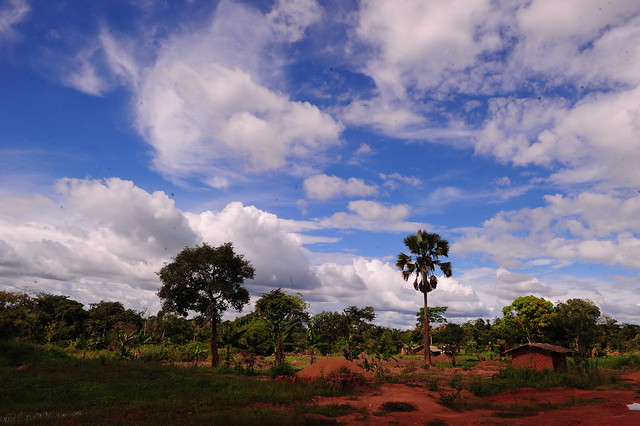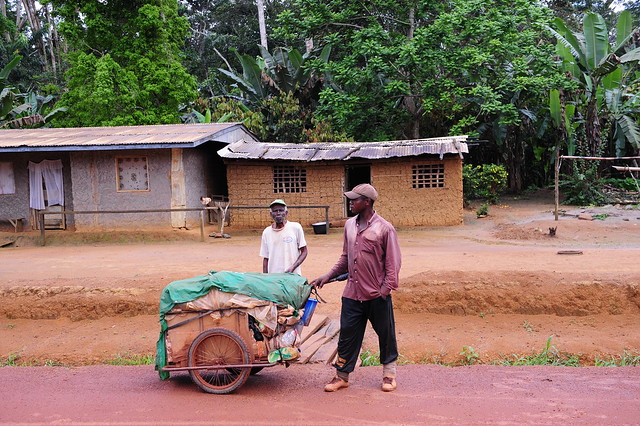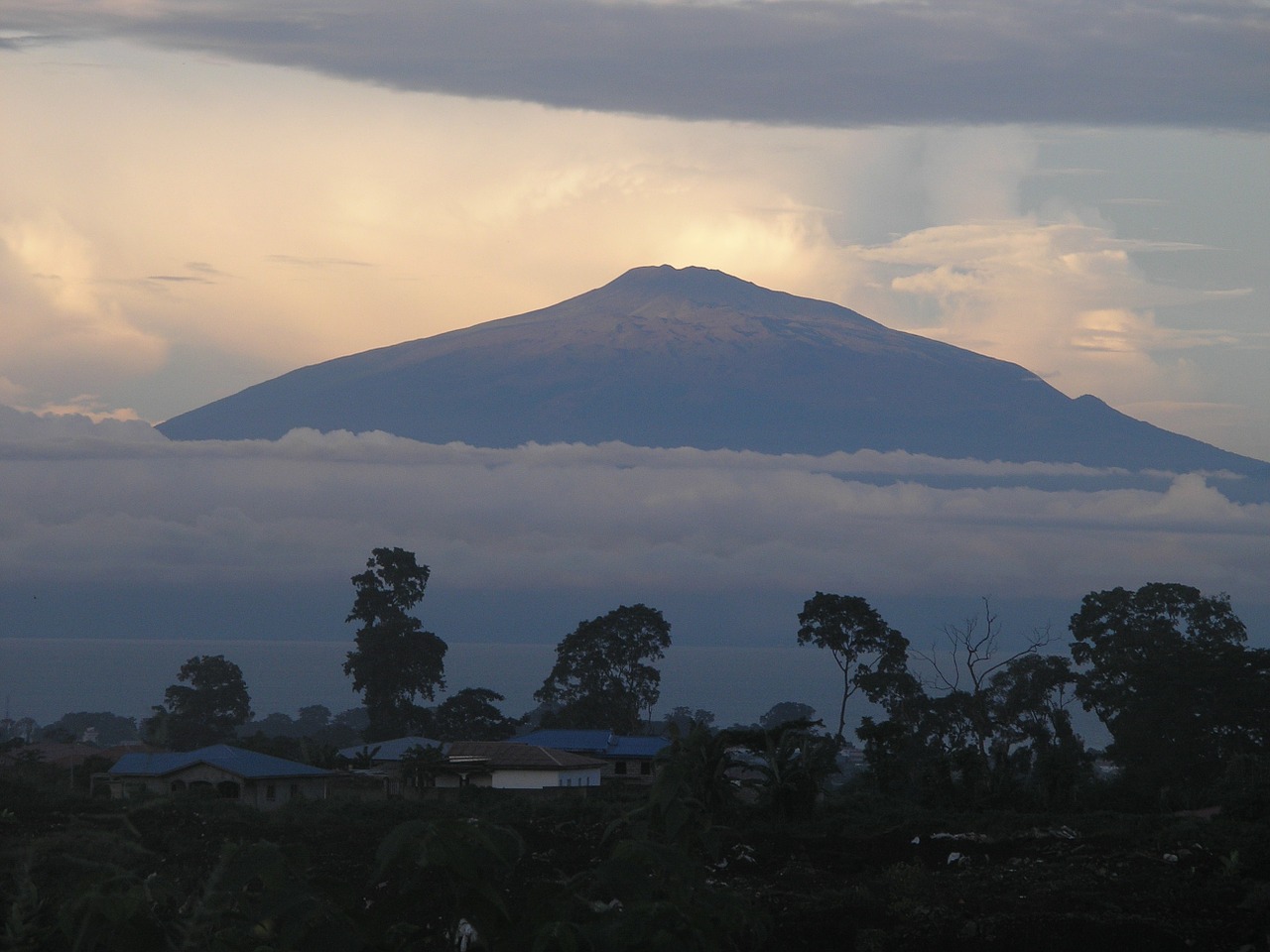Cameroon, just like any other country in Africa and the world at large, joins the fight against climate change. To participate in the mitigation of global warming, Cameroon has decided to engage in quite an impressive balancing act. The call to participate in the global mitigation of climate change happens in a context where Cameroon’s ambition is also to become an emerging country by 2035.
In order to permanently put an end to underdevelopment, Cameroon in 2009 established a documented strategy for growth and employment; a detailed roadmap of projects and sectoral objectives on a 5-year basis. Obviously, in such initiatives, industrialization with its numerous consequences and negative impact on the environment is a key focus.

During the 21st conference for the United Nations framework convention on climate change, Cameroon announced its ambitious commitment. These commitments perfectly align with the country’s desire to be emergent by 2035 and the urgent need to save the planet from environmental destruction.
Related topics: Climate Change & Rising Sea Levels– Climate Change and Its Impact on Food – Climate Change: A Wake-Up Call for Action –Adapting Cities to Climate Change – Combating Climate Change: Ghana’s Example
In this framework, Cameroon has been implementing credible efforts towards the fight against climate change. They are through numerous plans and measures, that are both innovative and encouraging in their various sectors of activities. This was a matter of pulling the right levers of sectors such as agriculture, forestry, waste management, power production, construction, transport, and industrial development.
Some measures so far include:
- A perfect symbiosis between agriculture and environmental protection. The agricultural sector is the driving force of Cameroon’s economy and employs more than 90% of the active population. Hence with the insight of global warming threats, the country announced a plan to ‘mitigate the carbon effect’ in its second-generation agricultural programs. Concretely this strategy has integrated the reinforcement of sustainable management of anthropic Savannas and the rehabilitation of degraded lands as well as the reinforcement of carbon pools in degraded forest. There is also the use of highly productive seeds and plants to boost production without necessarily destroying the forests.
- The goal of reaching a 32% decrease in greenhouse gas emission by
- The usage of renewable energies such as solar panels and biogas, among other sources.
- Improving waste management

I, the author, am a member of the International Climate Change Development Initiative Africa (ICCDI) which seeks to build a climate-smart generation. I am Cameroon’s Country Representative.
In order to support the fight against climate change, we identified waste management as our area of focus. Waste management is considered so far the most important problem faced by Cameroon today. We work directly with the youths from the primary to university level. Youths are the leaders of tomorrow hence they need to be actively involved in this fight.

Children are drilled on waste separation and recycling. This goes a long way to reduce household waste which accounts for more than 50% of general waste. Separating waste into organic and inorganic allows for the promotion of organic farming and healthy living.
Additionally, reuse of plastics goes a long way in reducing plastic waste pollution. We will continue to do more– little drops, they say, fill the ocean.
Once we realize the fight involves all of us then that will be the beginning of success.










